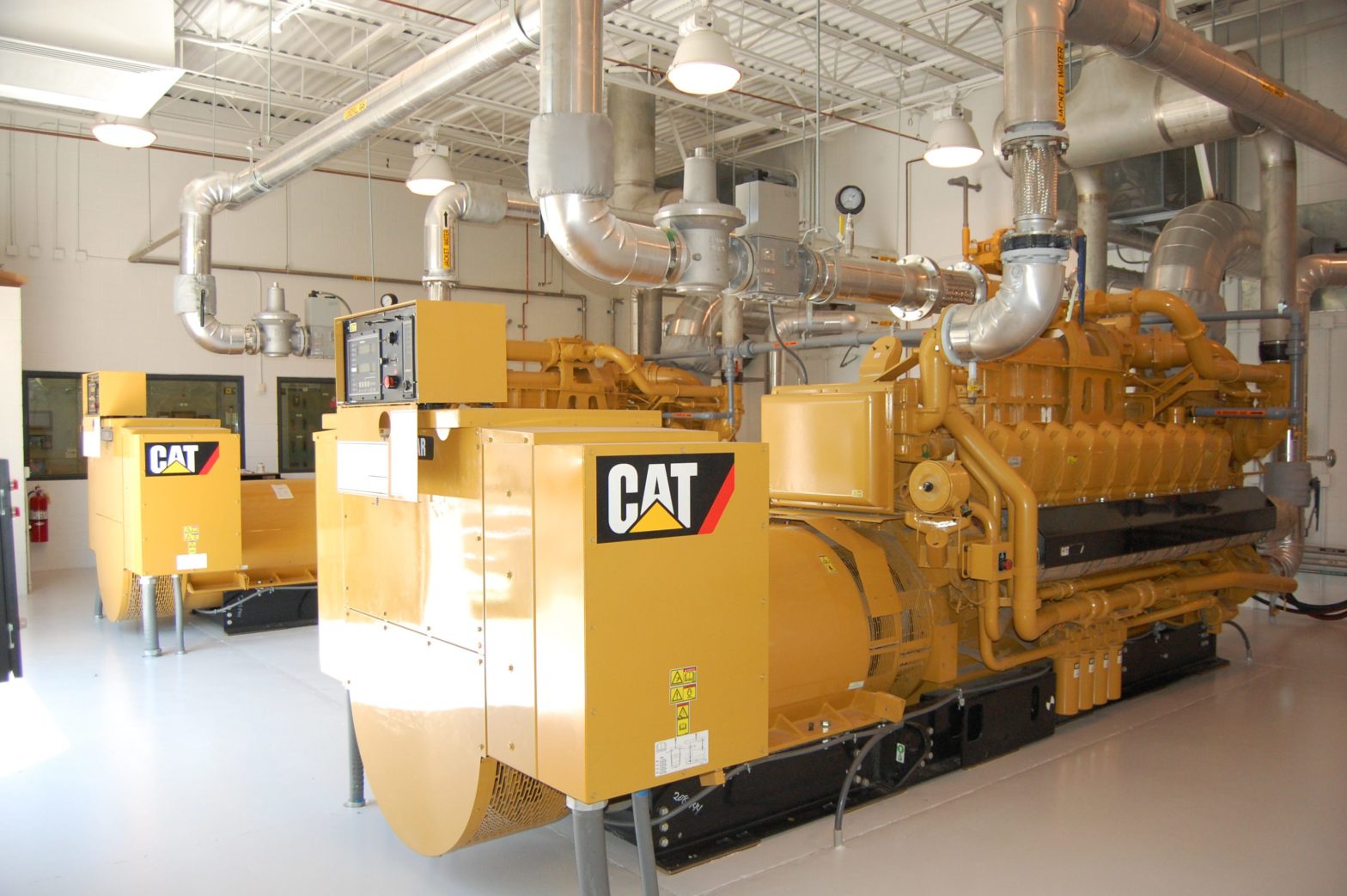
Back in April, representatives from a company called Alfa Energy Solutions spoke before the Santa Rosa County Board of County Commissioners. They were considering the county, among other locations around the country, for green energy plants. Alfa’s main means of energy production is gasification using municipal solid waste (MSW), the process of heating MSW to break it down and recombine it into a synthetic gas. Gasification is considered a green technology because the fuel can be municipal waste; the byproducts are useful to industry, like glass slag and metal; and emissions are held to be much cleaner than those of normal processes. Alfa has not yet made a decision on Santa Rosa County, but there is a power company in northwest Florida with a history of alternative power technology.
According to Natalie Smith, communications specialist for Gulf Power, “Gulf Power’s parent, Southern Company, is a leader in research to develop cost-effective, reliable and environmentally sound technologies.” In 2009, she said, a $587-million scrubber system began operation at Plant Crist in Pensacola. In 2010, Gulf Power began creating electricity from methane gas produced naturally at the Perdido Landfill in Escambia County. Finally, gasification technology will be deployed at Mississippi Power’s (a Gulf Power sister company) Kemper County energy facility set for 2015 will gasify lignite coal to produce electricity.
The Plant Crist facility scrubbers exemplify post-combustion emission-control systems widely used at generating facilities, Smith said. The scrubbers, she said, remove up to 95 percent of sulfur dioxide emissions and up to 80 percent of oxidized mercury emissions from coal. “Reclaimed water from Emerald Coast Utilities Authority, a nearby water treatment company, cools the emissions from the four generating units, which are then put through a swirling bath of crushed limestone. The gases react with limestone slurry and are neutralized, forming gypsum,” Smith said. Scrubbed emissions go out through the stack and barges deliver the gypsum for commercial use, according to Smith.
Methane gas produced naturally by the Perdido Landfill, Smith said, Gulf Power purchases and uses to produce electricity to serve GP customers. “The Perdido Landfill Gas-to-Energy Facility is reliable and has produced more than 100 million kilowatt hours of electricity,” she said. “Landfill methane gas is one of the most cost-effective forms of renewable energy,” Smith said, “forming naturally by decomposition of organic material in landfills. Municipal solid waste landfills are the second-largest, human-generated source of methane emissions in the United States.” Unfortunately for now, Smith said, “There are no plans to create this type of facility at the Santa Rosa County landfill.”
The Kemper County facility will use coal for its gasification. According to Smith, gasification has been around since the 1800s, but she said, “New technology, Transport Integrated Gasification (TRIGTM) sends lignite coal that is not converted to gas in the initial process back for a second round of gasification. This allows a high rate of lignite-to-gas conversion to take place at a lower temperature, and thus lower cost, than what's possible with other available gasification technologies. By gasifying coal before combustion, it is easier to remove emissions like carbon dioxide,” Smith said. While Alfa focuses on municipal waste for gasification, Southern Company is not sold on the method. Smith said, “In order to be deployed for electricity production, the process [using MSW] must be proven to be reliable and cost-effective for our customers.”
Gasification is not just for county-sized needs. Looking up the terms “gasifier” and “gasification” on Youtube will yield examples of home-sized wood units and even a coffee gasifier for a car.
This article originally appeared on Santa Rosa Press Gazette: Green energy coming to Gulf Coast
